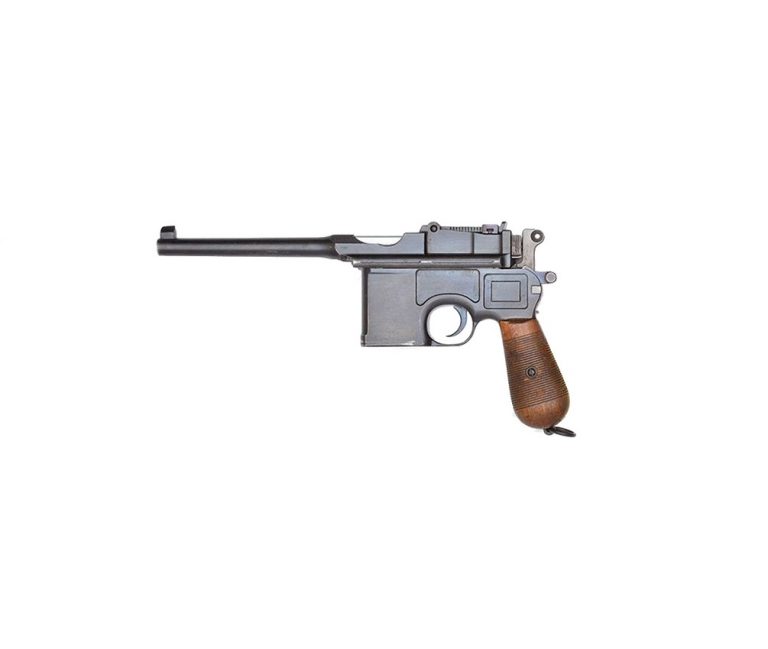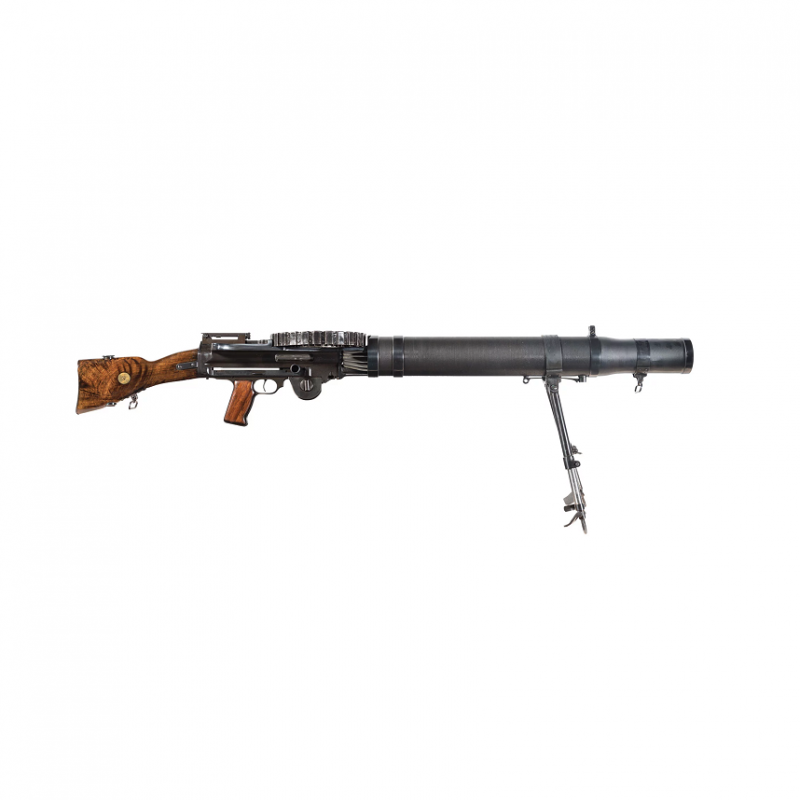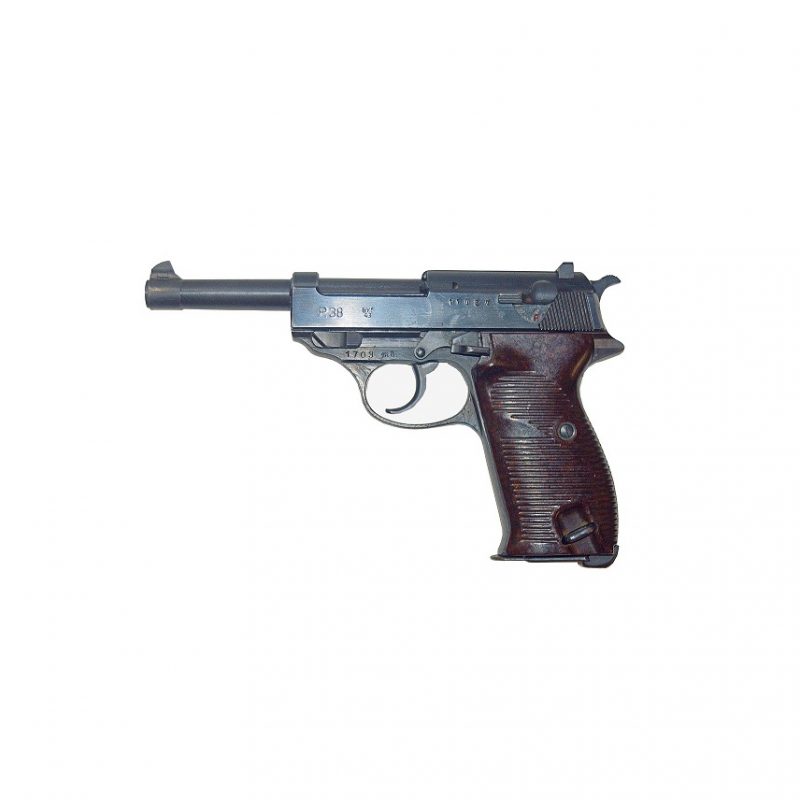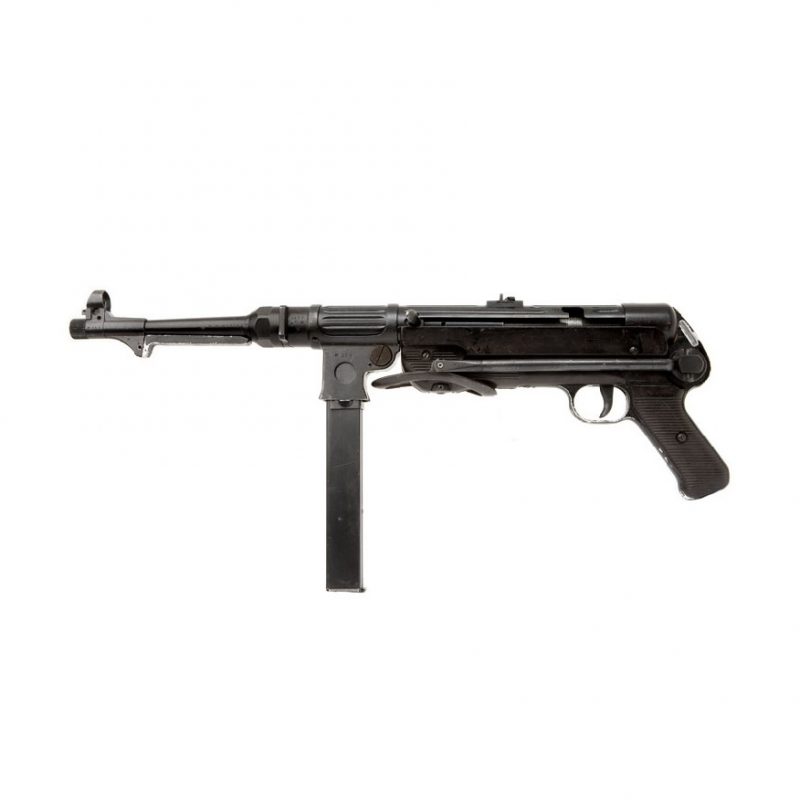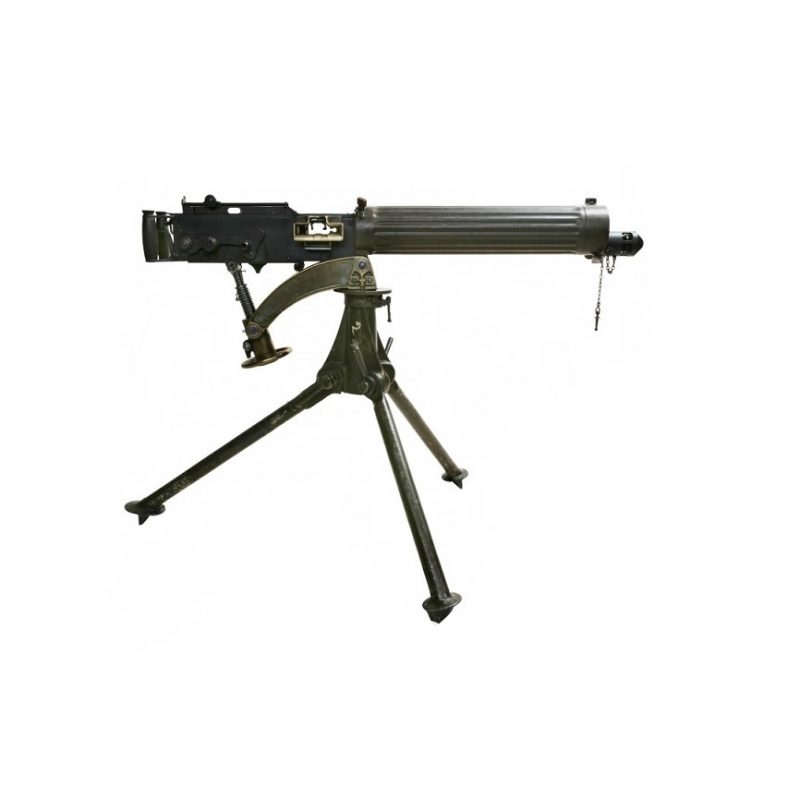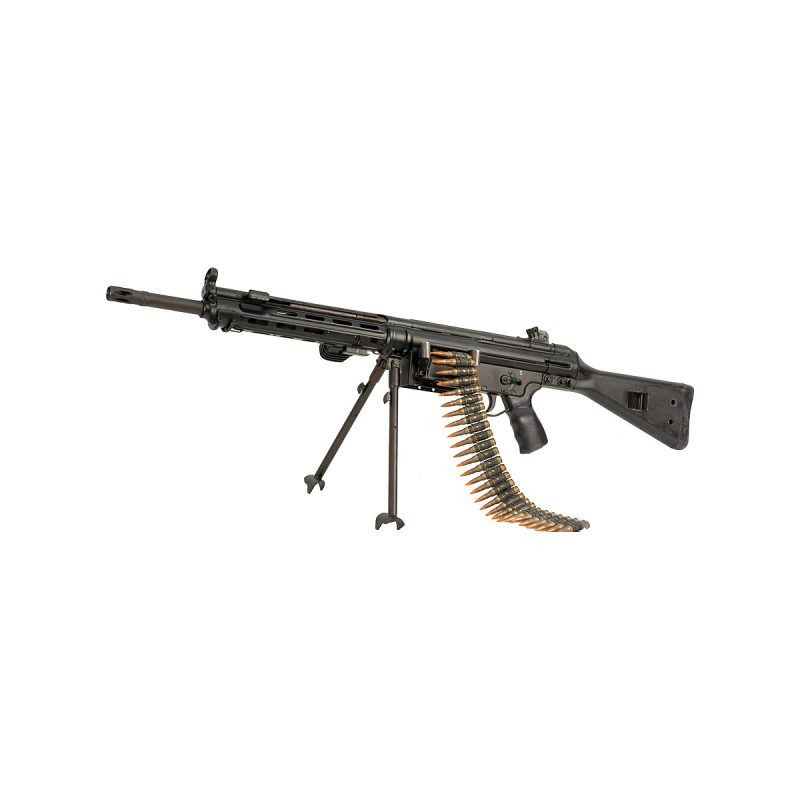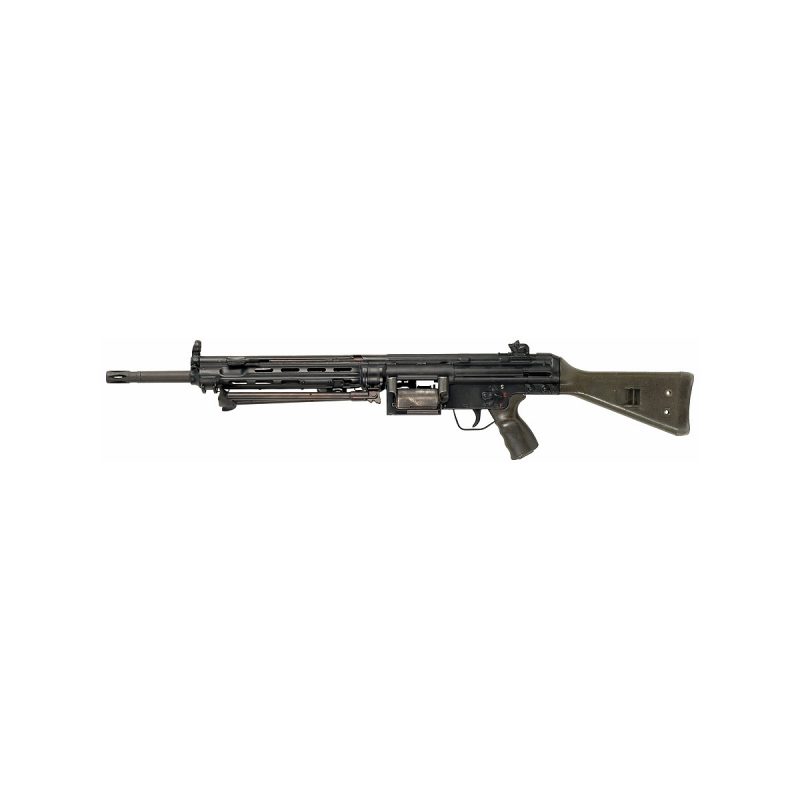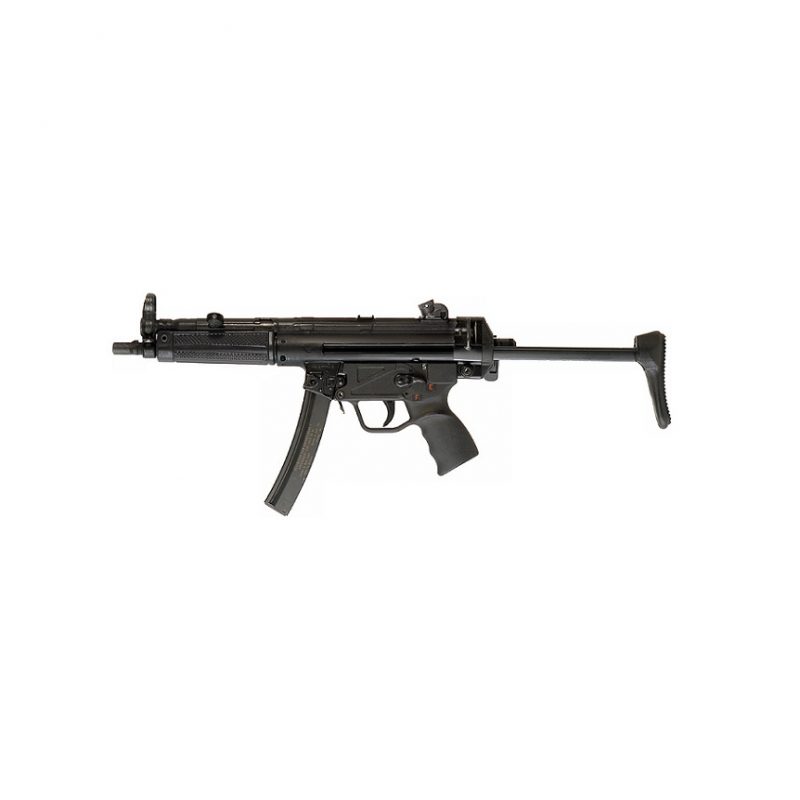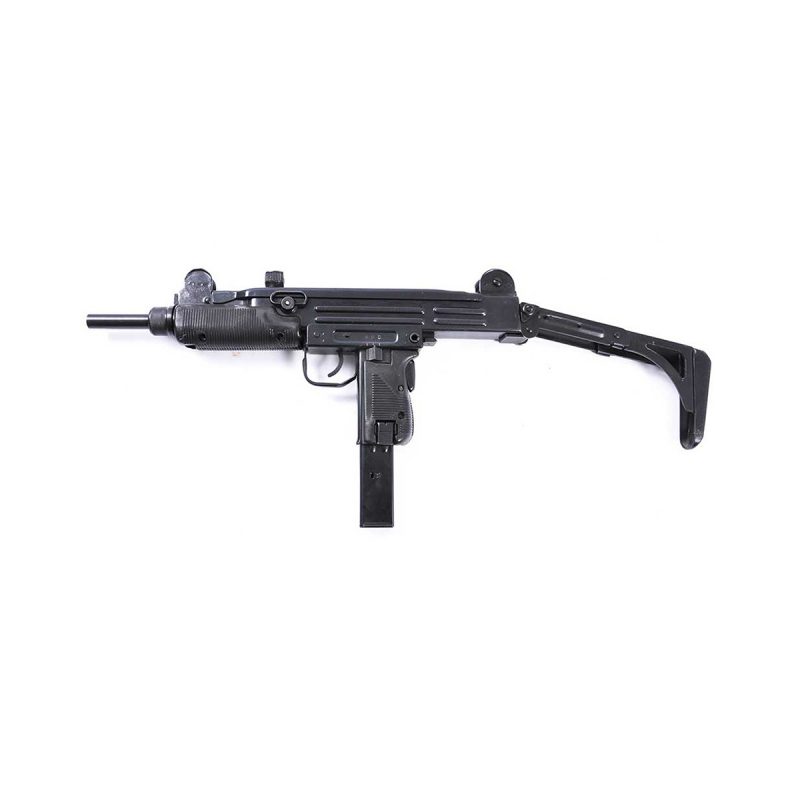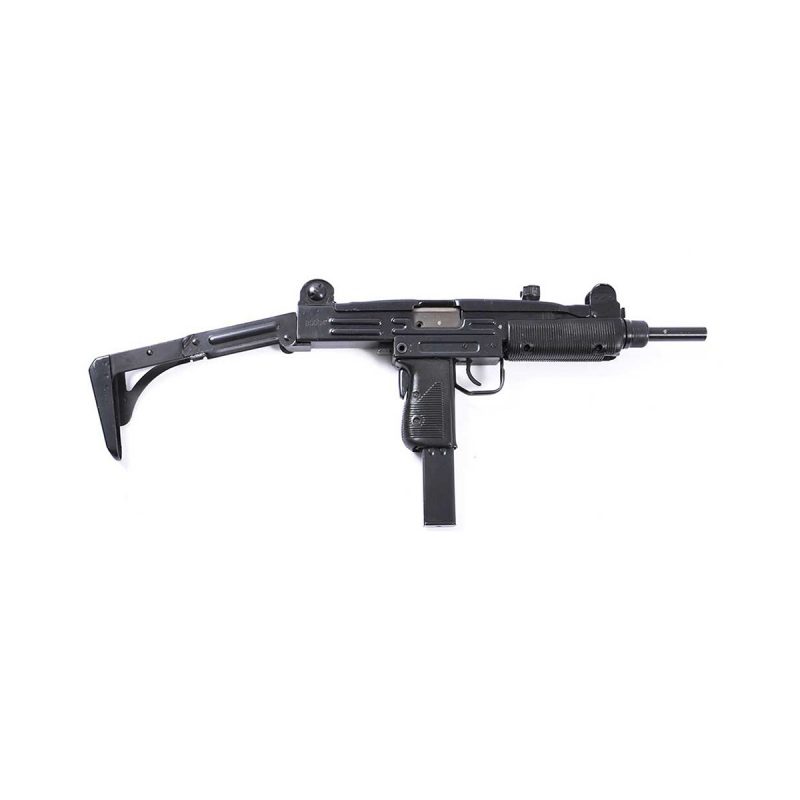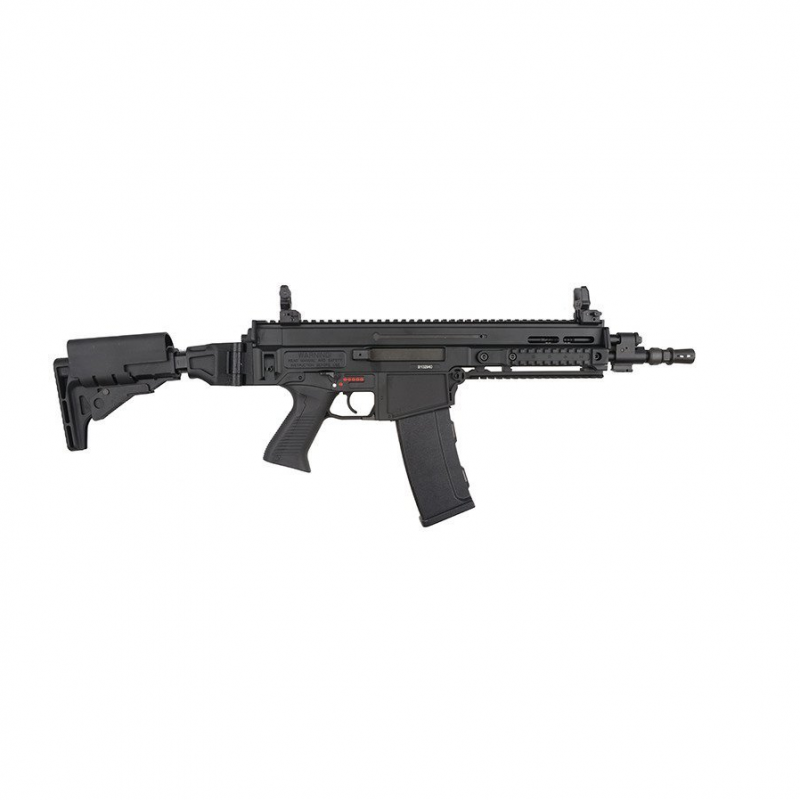Description
The distinctive looking Mauser C96 semi-automatic pistol was first developed at the end of the 19th century by the Feederle brothers, who were employees of German weapons giant Mauser.
In 1896 their design went into full scale production, with a multitude of orders placed from governments around the world, as well as countless private orders to civilians and army officers. In fact even the famed British Colonel T.E. Lawrence (Lawrence of Arabia) is known to have used one for a period of time during his desert campaign against the Ottoman (Turkish) Empire.
The weapon was predominantly of a machined steel construction, with a ribbed tubular looking wooden grip, which lead to it earning the nickname ‘broomhandle mauser’. Directly in front of the trigger sat the internal magazine which held 10 rounds of 7.63×25mm Mauser ammunition (this calibre varied on export models). The magazine was re-charged via a stripper clip, which could be inserted once the sliding bolt was retracted. Later models allowed the use of removeable box magazines of up to 20 rounds capacity. Also of note is that the wooden holster could be utilized as a stock for added stability, by attaching it to the rear of the pistol grip.
So successful was this revolutionary design that soon licenses were granted to the Taiyuan, Taku Naval and Hanyang Arsenals in China and the Beistegui Hermanos and Astra-Unceta y Cia in Spain to produce their own variants. Over a million of these pistols were produced by Mauser up to 1937, with many thousands more being produced by these Chinese and Spanish factories.
As well as being issued to German forces in World War 1 and in limited numbers in World War 2 (predominantly to early Luftwaffe crews), the C96 saw extensive use in World War 1 with the armed forces of Turkey, Spain, Russia and Austria. Many of these weapons would later be used during their internal struggles such as the Russian Revolution, along with the Spanish and Chinese Civil Wars.
This pistol gained resurgence in popularity in the later part of the 20th century, by providing the basis for the ‘hero’ blasters carried by Han Solo and Luke Skywalker in the hugely successful Star Wars trilogy of films.
Designer: Fidel, Friedrich, and Josef Feederle
Designed: 1895
Manufacturer: Mauser (Germany), also in China and Spain under license
Produced: 1896–1937
